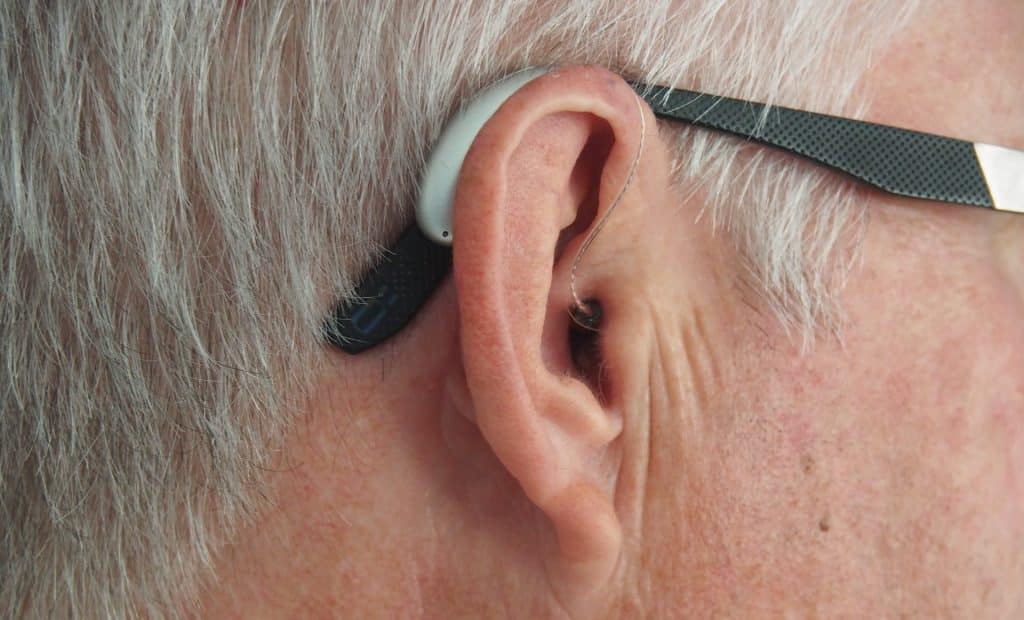Medigap plans generally help seniors pay for Original Medicare’s high out-of-pocket expenses, however, with all good things there can be a downside.

What is the Upside of Medigap?
Before we get into the downsides of Medigap, we need to explain what Medigap is. Medigap supplements Original Medicare. As you may know, Original Medicare has fees that are passed on to the patient in the form of co-insurance and Medigap helps pay those fees. For instance, if you have a hospital stay, you’ll pay a deductible of $1,736 each time you are admitted to the hospital after a 60 day window. If you’re in the hospital for more than 60 days, you’ll pay a daily fee of $434 and longer stays get even more pricier!
This is where Medigap kicks in. All Medigap plans cover an additional 365 lifetime reserve days at 100%. Plus, almost all the plans cover your hospital deductible and all or part of your daily hospital coinsurance. Additionally, some plans offer other coverage, such as foreign emergency healthcare when you’re traveling out of the United States.
Bottom line: Medigap plans can save you a lot of money if you have an emergency or serious illness.
3 Downsides to Medigap
We promised you that all good things have their downside. Medigap does have a few downsides:
- Can be pricey -generally cost between $100-400 a month
- Can’t switch plans easily -once you’re locked into a plan, you cannot usually switch plans without medical underwriting where they review health records before approval on a new plan. *
- Small window for guaranteed approval -the initial enrollment period for Medigap plans is a small window of time after you first become Medicare eligible. If you do not use this 6 month period to enroll, you are usually subject to medical underwriting. Those with pre-existing conditions can be turned down if they apply outside their initial enrollment.
* If this is your concern, our Instant Medigap Underwriting Checker is a great resource that can help you understand your chances of approval for medical underwriting.
BTW Medigap plans usually do not cover hearing aids.
How to Avoid the Downsides of Medigap?
You can easily avoid the third major downside of Medigap (Small Window for Guaranteed Approval) by enrolling in a plan when you first become eligible for Original Medicare (sometimes delayed due to work). Medigap Plan G is the plan we typically recommend for those new to Medicare.
Now to the pricey part. The first step is to get a Medigap quote to see how much Medigap costs in your area. Some states are much less expensive than others. For some, Plan G Medigap might seem beyond the budget. If you cannot afford G, we suggest you consider Medigap plan N but know that N plans have additional copays and do not cover “Excess Charges.”
Get a Medigap Quote Enroll in Medigap
If all Medigap plans are too pricey, you will want to consider a Medicare Advantage plan. The downsides of a Medicare Advantage plan are usually smaller networks and higher out-of-pocket maximums.
Learn More about Medicare Advantage Get a MA Quote
As for switching…you are able to switch Medigap plans at anytime, but you will usually be subject to Medical Underwriting and can be turned down by your new plan. Check our Ultimate Guide to Switching Medigap to learn more about how to switch plans. Moreover, use our Instant Medigap Underwriting Checker to find out in advance whether you are a good candidate for approval.
There are some exceptions like the occasional Blue Shield Medigap Underwriting Holiday, the CA Birthday Rule, or state-specific guaranteed Medigap issued rules. Peek into Our Ultimate Guide on the Medigap Birthday Rule Statewide.
Next Steps
Now that you know the upside and downside of Medigap plans, you should talk to one of our licensed agents at 800-930-7956 to help find the right plan for your budget and healthcare needs.


